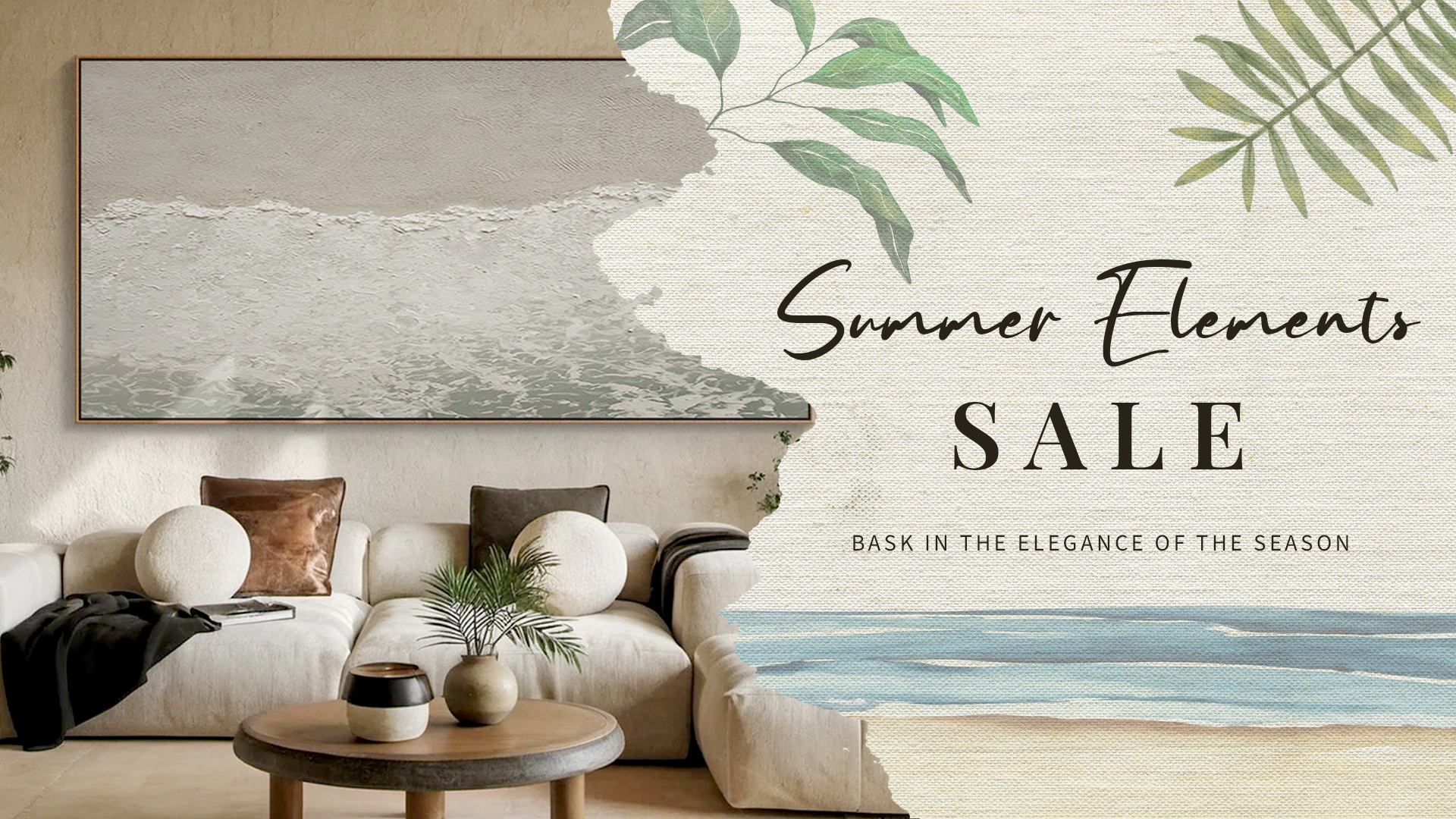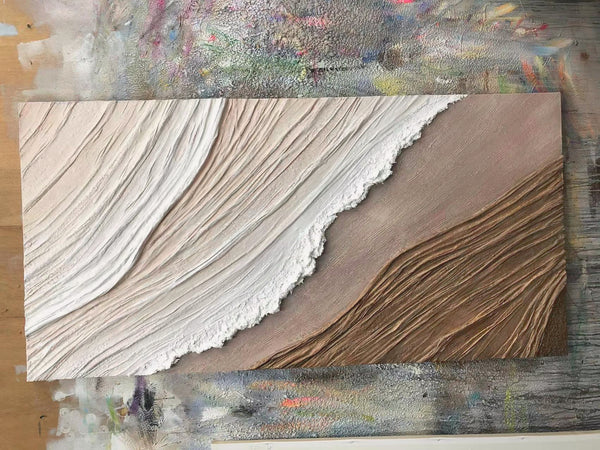
THE ART OF IMPERFECTION IN YOUR HOME — WHAT IS WABI-SABI?
Wabi-Sabi encourages you to appreciate beauty in the imperfection, impermanence, and the natural cycle of growth and decay of everything around you. Being rooted in Japanese culture, this concept has a rich history that spans throughout centuries and continues to influence modern art, design, and even lifestyles in our current fast-paced generation. Today, this art form is not only expressed through traditional Japanese works but is also slowly creeping into contemporary practices like plaster artwork and minimalist decorating.
History and Origins
The origins of this Wabi-Sabi date back to 15th-century Japan, which was heavily influenced by Chinese aesthetics. Eventually, a counterculture began to develop, emphasizing simplicity, a focus on natural qualities, and imperfection the things. This new aesthetic was heavily influenced by the principles of Zen Buddhism, which focused on mindfulness, simplicity, and the acceptance of transience.
Wabi-Sabi was associated with Japanese tea ceremonies. The iconic practice, which had been highly formalized and structured over the years, shifted towards a more humble and serene experience. Influential tea masters like Sen no Rikyū played a significant role in its transformation. He encouraged the use of rustic and simple tea utensils that exhibited natural beauty and unique imperfections, a stark contrast to the elaborate Chinese porcelain that exhibited strict symmetry and precise craftsmanship.

Beige Minimal Tiled Oil Painting 2:3 #BM001
Etymology and Meaning
The term "Wabi-Sabi" is derived from two separate words that have evolved significantly over time. "Wabi" originally referred to the loneliness of living in nature. Being far from society. But it gradually came to describe a more positive feeling of silence and solitude. It conveys a sense of modesty, humility, and a deep connection with nature.
"Sabi," on the other hand, originally meant "chill" or "withered," reflecting the passage of time. Over the years, "Sabi" has come to embody the beauty or serenity that comes with age, and the aesthetic qualities of things that are old and weathered. Together, Wabi-Sabi embodies an appreciation for the transient and imperfect nature of life.
Wabi-Sabi in Traditional and Contemporary Art
Wabi-Sabi’s principles are expressed in traditional Japanese arts such as pottery, painting, and gardening. In pottery, for instance, Wabi-Sabi is practiced through the use of natural materials, asymmetrical shapes, and rough textures. Pottery pieces often feature cracks or uneven glazes, which highlight their handmade quality and uniqueness. This stands in stark contrast to mass-produced items, emphasizing the beauty found in singularity and craftsmanship.
In contemporary art, Wabi-Sabi has influenced various forms of artistic decorating, including plaster artwork and textured plaster art. These art forms utilize materials like plaster on canvas to create textured paintings on canvas that celebrate imperfections and natural textures. For instance, textured plaster wall art and white plaster artwork embrace the Wabi-Sabi aesthetic by showcasing rough textures and irregularities that add depth and character to a space. This kind of minimalist textured wall art fits perfectly into a minimalist Zen living room, where the focus is on creating a serene, uncluttered environment.
Wabi-Sabi also finds expression in urban wall art and urban landscape painting, where artists use imperfect lines, muted colors, and natural textures to capture the essence of impermanence and decay in the urban environment. An urban painter might use techniques like plaster painting art or black textured art to create works that highlight the beauty in urban decay, rust, and weathered surfaces, embodying the Wabi-Sabi principles of finding beauty in the imperfect and the transient.

Beige Minimal Tiled Oil Painting 1:2 #BM002
Modern Applications of Wabi-Sabi
In modern interior design, Wabi-Sabi has found its way into homes worldwide. The aesthetic was embraced by most of the populace. It encourages the use of natural materials like wood, stone, and clay as the main component of construction. Furniture and decorative items are often chosen for their raw, unfinished appearance or for the character that comes with age and wear.
For example, a Wabi-Sabi-inspired home might feature a minimalist painting for the living room, a large painted canvas with a grey abstract painting, or a tranquility painting that embodies the serene and understated qualities of Wabi-Sabi. In fashion, Wabi-Sabi is reflected in the popularity of clothing that looks lived-in or has been mended. This philosophy also extends to DIY Wabi-Sabi art projects, like creating unique, one-of-a-kind pieces that embody the natural and imperfect qualities of the materials used.
In a world increasingly focused on perfection and consistency, Wabi-Sabi offers a refreshing perspective that values authenticity, the passage of time, and the natural wear and tear of materials. It encourages us to see the beauty in the mundane and to appreciate the unique stories that each object carries.

Beige Minimal Tiled Oil Painting 1:1 #BM003
Conclusion
Wabi-Sabi is more than just an aesthetic in our current day and age; it is a practice that invites us to see the beauty in the imperfect. It encourages us to slow down and appreciate the small details around us. Whether through traditional Japanese arts, modern plaster art texture painting, or minimalist Zen art, Wabi-Sabi continuously reminds us to embrace the natural cycle of life and to find beauty in all things.
For more art talk make sure to follow us on our socials —
Facebook: Canvas Masterpieces
Instagram: @canvas_masterpieces
TikTok: @canvas_masterpieces
Reddit: u/canvas_masterpieces




Leave a comment
This site is protected by hCaptcha and the hCaptcha Privacy Policy and Terms of Service apply.